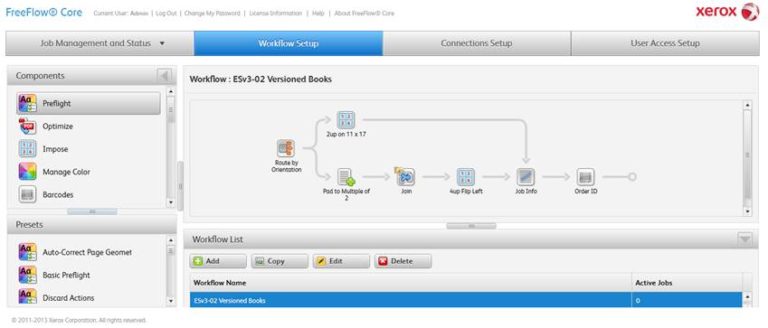As I write this, I am preparing to fly to the Rochester Institute of Technology to make a presentation about the future of magazines. As most people know, there is an evolution of magazine production from pages printed on offset presses to magazines printed on a variety of digital devices along with electronic versions, some with customized content and many offering digital tools.
Custom content in magazines or variable data printing (VDP) has been around for long time. The most popular use of VDP is to create sales and marketing pieces that are more personalized and relevant to engage customers better. The magazine publishing industry has been testing customize content since 2007 when Wired Magazine created customized covers.
But it wasn’t until 2009 when testing became more serious. Using electrophotographic or toner based presses, companies printed short runs for trade shows and begin customizing publications. The first big test was in 2009 when Time tested an entirely personalized magazine called, “Mine: My Magazine, My Way”.
Mine was mailed to 31,000 subscribers and sent to 200,000 digital subscribers. It allowed readers to choose content from several different Time publications such as Food and Wine, Golf, Instyle and Sports Illustrated. In theory, it sounded like a great idea, but it was not implemented well and was met with criticism. Not everyone got the content they wanted and much of the content was old and not relevant.
Success was not achieved until 2011 when Hearst printed 300,000 (out of 1.2 million) issues of Popular Mechanics with a customized 16 page insert that included the recipient’s name, showed pictures of their hometown, and recommended nearby locations to buy computer products. These customized pages included QR codes that directed readers to online sweepstakes which motivated 15,000 sweepstakes site visits, 10,000 unique entries, and a 3% conversion rate.
By several measures this was considered a success. The 3% conversion rate was higher than the typical 1%-2% conversion rate often seeing from direct-mail, 82% of readers liked the insert, and 74% of readers praised the magazine as innovative for delivering personalized messages.
Next Generation Inkjet Prin ting
ting
The use of inkjet printing within magazine production is about to change dramatically. For years, inkjet printing technology has been used for addressing. Some publishers have tested inkjet personalization within magazines. Most recently we are starting to see inkjet production presses used to print entire magazines.
Offering customized ads in magazines is not new. Time offered customized ads in Money magazine in 2012. Working with Quad/Graphics, Chrysler printed side-by-side ads with customized content for Chrysler’s Town and Country MiniVan in 350,000 magazines that appeared in nine cities. Not much is known about the success of that test.
However, the latest generation inkjet presses offer the unique ability to offer customized content and customized ads. One of the first examples is from a company called Symeta in Halle, Belgium that is using inkjet web presses to customize covers and content. The ability to offer customized content and customized ads is already possible for magazines that offer electronic alternatives that can be read on computers, e-readers, smartphones, and tablets.
In addition to customized content, magazines in the future may also offer interactive ads using augmented reality. Holding your smart phone over an ad may allow you see how a couch would look in your living room or how you might look using a different colored nail polish.
Overall the magazine industry future looks bright. According to the MPA, The Association of Magazine Media, combining print with digital alternatives is adding new life to magazines. While print versions alone may be declining, web and video versions remain stable and mobile versions are growing.
However no one can predict the impact new on magazines. No one knows if a printed magazine with customized content and customized ads may be more valuable and no one can predict if augmented reality is just a flash in the pan or would provide ongoing value to advertisers.
What do you think? Would you be interested in a magazine that spoke to you with customized content and personalized ads? What about augmented reality? Would you be interested in seeing how you would look driving a new car, seeing different landscapes in your yard, or wearing different clothing?
—
Howie Fenton is Associate Director of Operational Consulting at InfoTrends. For 25 years, he has worked with in-plants and commercial printers on: benchmarking operational and financial performance, strategies to become industry leaders, and recommendations to increase productivity, reduce costs and increase sales. To email click here.




Comments are closed.